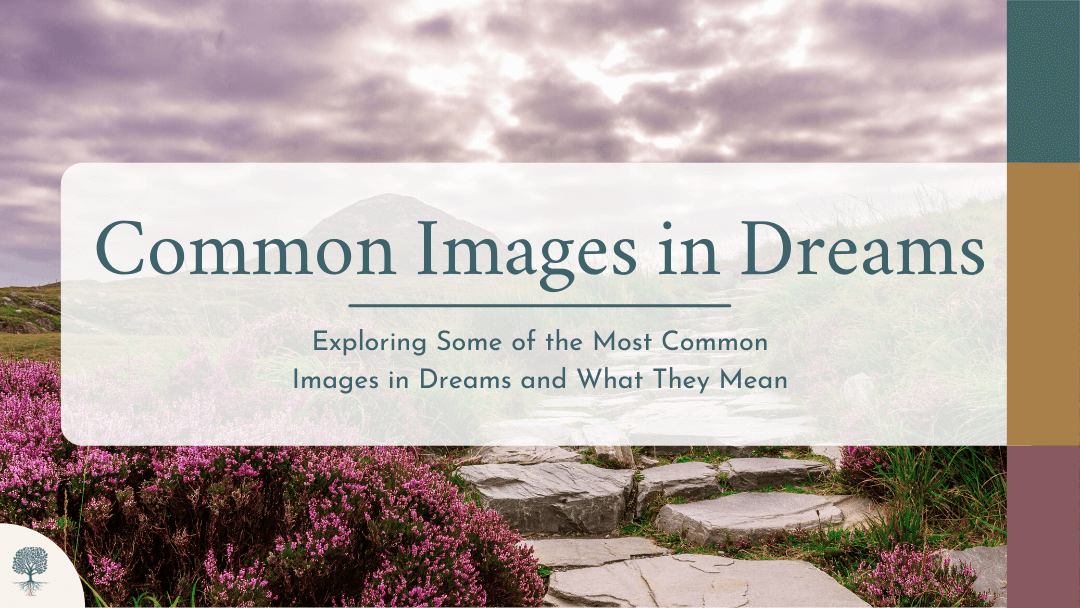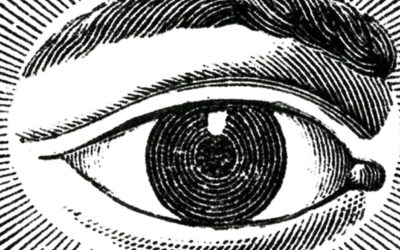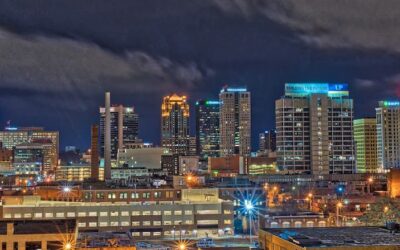
Dreams are so commonly associated with therapy because dreams are such a purely projective experience. In a way dreams are our own personal mythology. Many times a patient will bring a recurring dream to therapy that has occurred for many years. Recurring dreams are attempts that your subconscious is making to “tell” you something. If you are not listening the dream will continue to recur, sometimes for years. Sometimes it takes me and a patient a while to chew on what the meaning of this recurring dream is, but when the patient is able to finally “hear” what the recurring dream is telling them then the cream will finally cease to recur.
Depth psychology understands dreams as the way that we use the past to try and conceptualize what the future will be like. When we are on the edge of a big often unavoidable change in our life we begin to dig into our unconscious mind to try to predict the future. Our unconscious uses our past experience and hidden beliefs to make collages of what the future might look like. This series is about some of the most universal and common dream symbols.
The House

A house in a dream is almost always our understanding of our own life. Many times we will dream about moving houses, adding on to our house, damage to our house when we unconsciously fear our life journey going off course. The most common house image dream is finding new rooms or spaces inside your house. This almost always represents finding new opportunities or aspects of yourself. Another common house dream is finding a party taking place in your house without your knowledge. This usually represents a feeling of being left out or not “invited”. Sometimes we feel that other people are more comfortable in our own life than we are. Noticing the style and furnishing of a house is often important in house dreams.
The Garden

The garden is an old archetype that shows up in many myths and legends. The garden represents the deep and true self, separate form our anxieties and egos. We often lose access to the garden in dreams during stressful times in life when we lose access to ourselves and sense of feeling. We stumble upon the garden in dreams when we need to make contact with the self again. Often the lushness and beauty of who we really are surprises us when we unexpectedly see ourselves for who we really are. Unintegrate parts of the self often show up in the garden as unexpected or irreverent material, trash, graffiti, or things out of place.
The Car

The car often references our sense of control when it comes up in dreams. Life often reminds us that we are not as in control of as many things as we would like. Sometimes we feign ignorance of this fact and pretend that nothing will knock us off course. One of the most common dreams is driving a car with no breaks. This dream almost always speaks to our lack of control over the pace and direction of life. Car dreams also commonly feature driving in heavy fog or suddenly driving through an unknown country. These dream images also highlight fears of lack of direction in life. Sometimes.
Bibliography:
van der Kolk, Bessel A. The Body Keeps the Score: Brain, Mind, and Body in the Healing of Trauma. Penguin Books, 2014.
Shapiro, Francine. Eye Movement Desensitization and Reprocessing (EMDR) Therapy, Third Edition: Basic Principles, Protocols, and Procedures. Guilford Press, 2017.
Levine, Peter A. Waking the Tiger: Healing Trauma. North Atlantic Books, 1997.
Porges, Stephen W. The Polyvagal Theory: Neurophysiological Foundations of Emotions, Attachment, Communication, and Self-Regulation. W.W. Norton & Company, 2011.
Lanius, Ruth, et al. Healing the Traumatized Self: Consciousness, Neuroscience, Treatment. W.W. Norton & Company, 2015.
Further Reading:
Rothschild, Babette. The Body Remembers: The Psychophysiology of Trauma and Trauma Treatment. W.W. Norton & Company, 2000.
Damasio, Antonio. The Feeling of What Happens: Body and Emotion in the Making of Consciousness. Harcourt Brace, 1999.
Siegel, Daniel J. The Developing Mind: How Relationships and the Brain Interact to Shape Who We Are. Guilford Press, 2015.
Emerson, David, and Elizabeth Hopper. Overcoming Trauma and PTSD. New Harbinger Publications, 2011.
Mate, Gabor. When the Body Says No: Exploring the Stress-Disease Connection. Wiley, 2011.
Arden, John B., and Lloyd Linford. Brain-Based Therapy with Adults: Evidence-Based Treatment for Everyday Practice. Wiley, 2008.
Ogden, Pat, and Janina Fisher. Sensorimotor Psychotherapy: Interventions for Trauma and Attachment. W.W. Norton & Company, 2015.
Briere, John, and Catherine Scott. Principles of Trauma Therapy: A Guide to Symptoms, Evaluation, and Treatment. SAGE Publications, 2014.
Van Der Hart, Onno, et al. The Haunted Self: Structural Dissociation and the Treatment of Chronic Traumatization. W.W. Norton & Company, 2006.


















0 Comments